-

NOAA released a story about their latest monthly climate outlook earlier this week. You can read it at https://climate.gov/news-features/understanding-climate/august-2021-us-climate-outlook-rains-continue-across-southeast. Sadly, it does not look like much relief for the drought-stricken farmers in the west. That also means with the pattern locked in place, the Southeast is likely to continue to see wetter than normal conditions.…
Posted in: Climate outlooks -
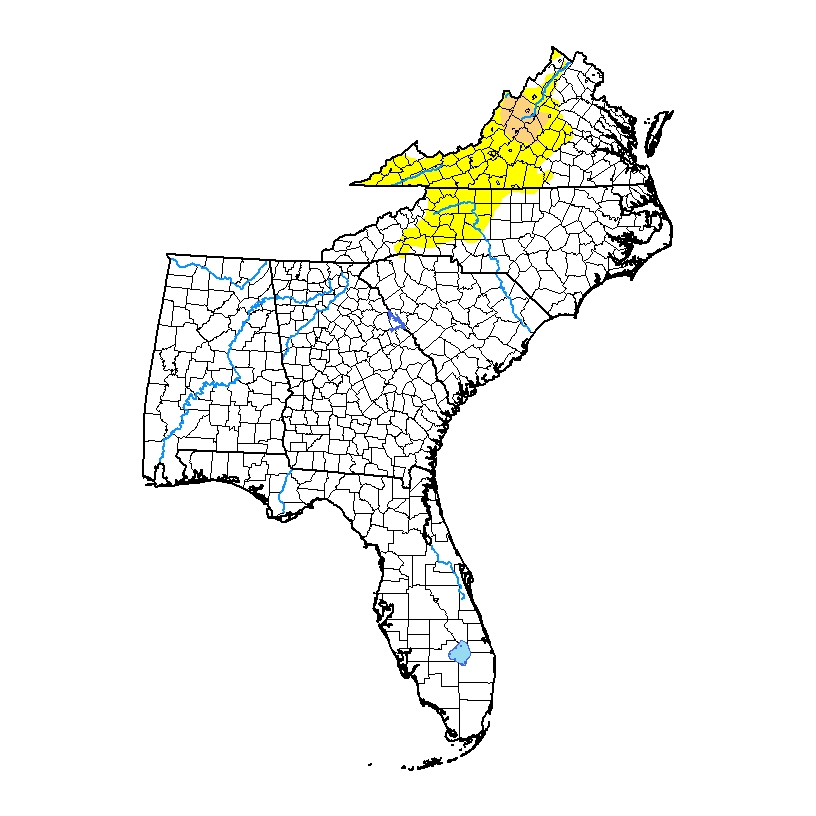
There are few changes to the Drought Monitor map this week, with nearly all the dry conditions confined to North Carolina and Virginia. The area of moderate (D1) drought in western Virginia expanded slightly and abnormally dry conditions in NC also grew a bit, but really not much change from last week. Not much change…
Posted in: Drought -
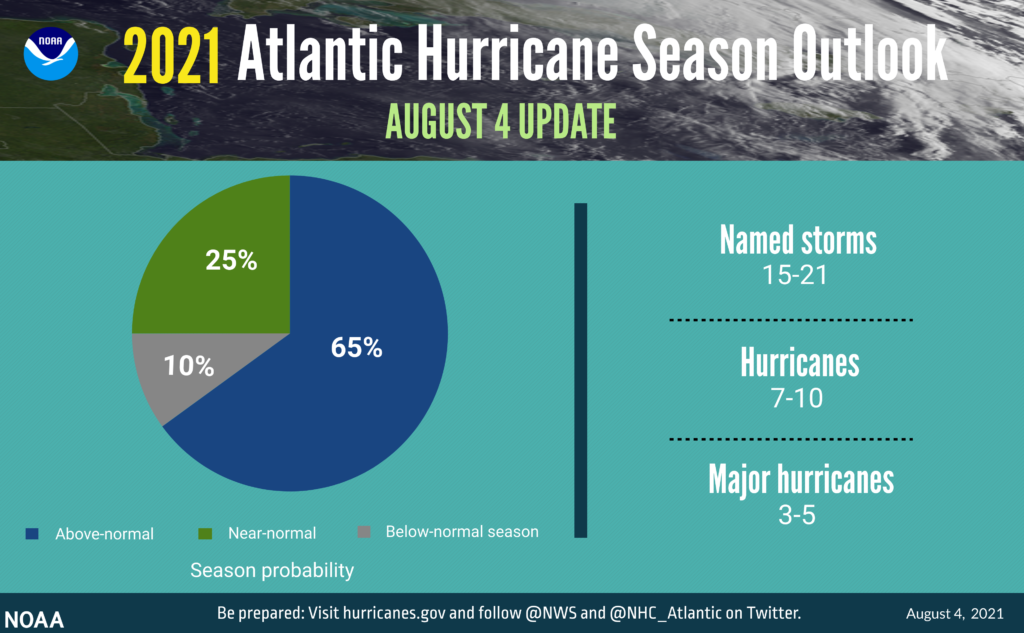
NOAA released their updated outlook for the Atlantic hurricane season today. It shows that there is a 65% chance of an above-normal number of storms this season and only a 10% chance it will be less than normal. Considering how many storms we have already had (5), this is not a surprise. NOAA predicts 15-21…
-
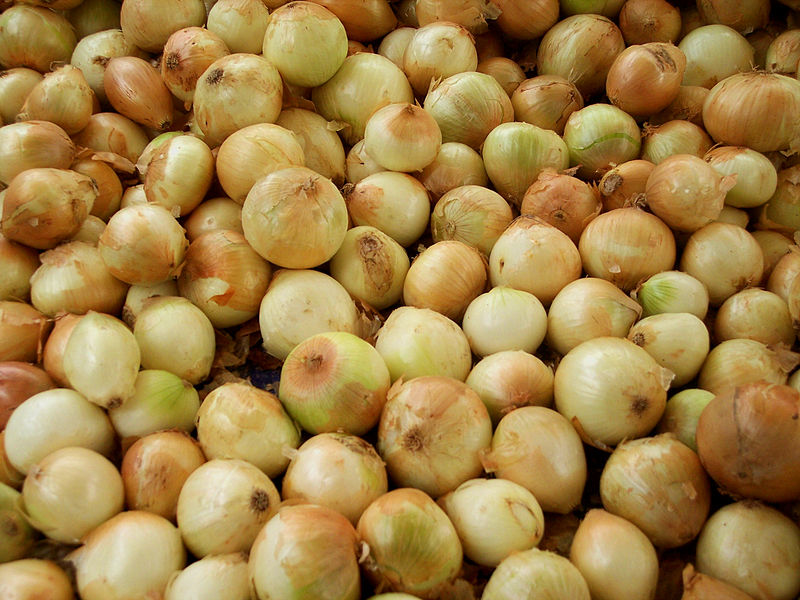
If you’ve been following the extreme heat in the Pacific Northwest, you won’t be surprised that farmers there are seeing a lot of adverse impacts on crops like fruit and forage. Here is one I did not consider, the impacts on their sweet Walla Walla onions, that are similar to our Vidalia onions here in…
-
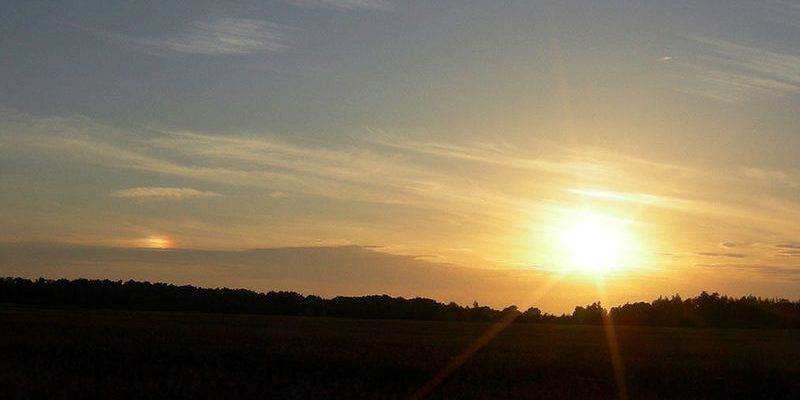
Do you like to listen to podcasts or online audio programs when you work or play? I am not a big user of podcasts, but I know many people who do. Here are a couple that I have listened to lately that you might enjoy. How Does Climate Change Impact Summer Weather? Features Dr. Chip…
-
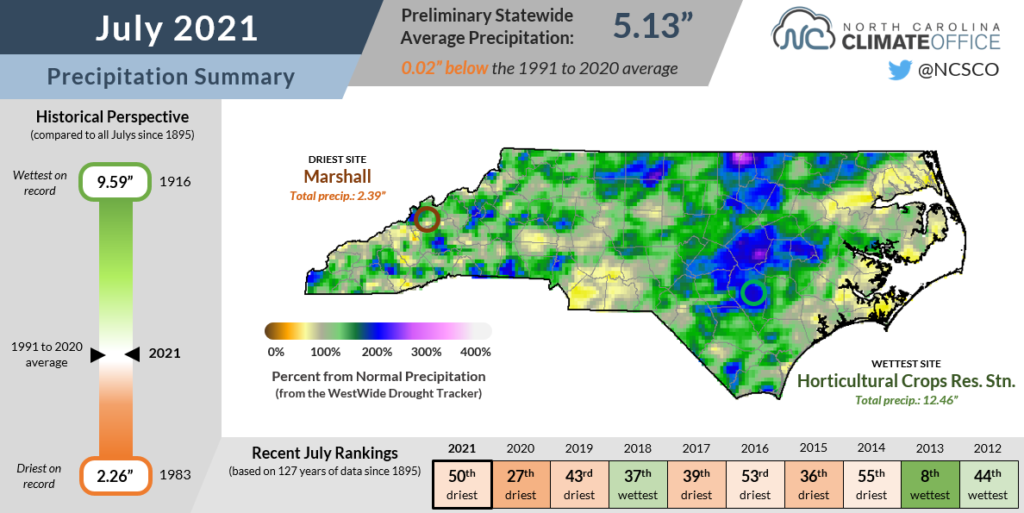
The North Carolina State Climate Office released their monthly climate summary for July 2021 today. You can read all about it at https://climate.ncsu.edu/blog/2021/08/amid-a-subdued-summer-elsa-adds-more-rain-in-july/.
Posted in: Climate summaries -
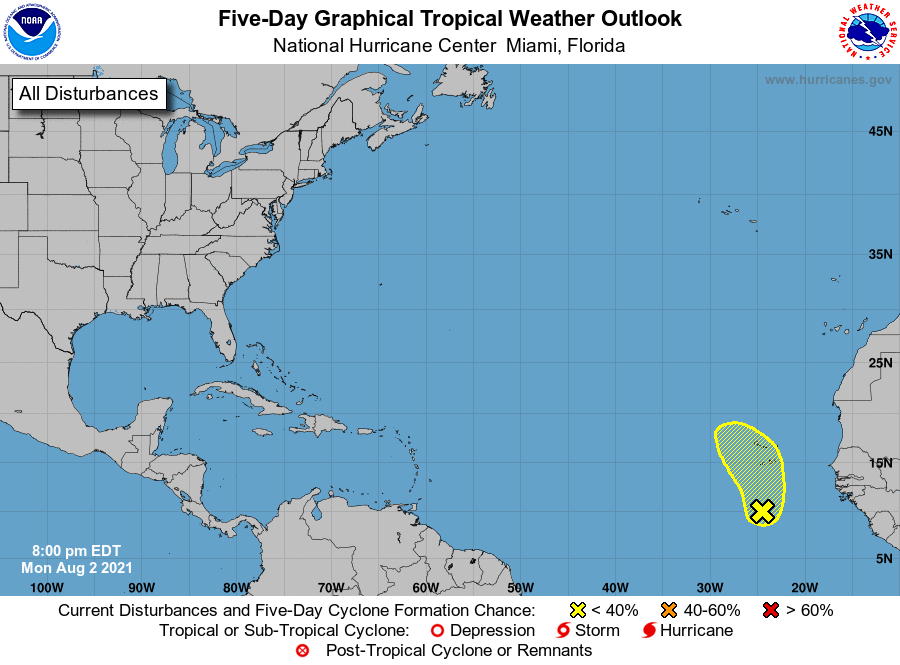
After a couple of hot days, the beginning of August is expected to be cooler and wetter than normal, especially across the southern half of Georgia, as a nearly stationary front is expected to sit over the area for a lot of the week. This means lower temperatures, especially during the day, less solar radiation,…